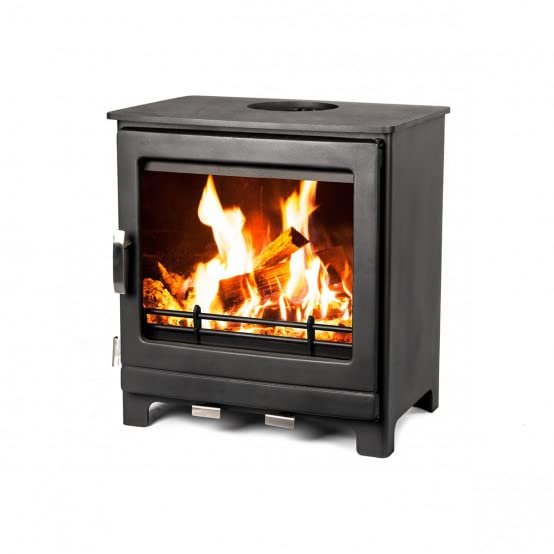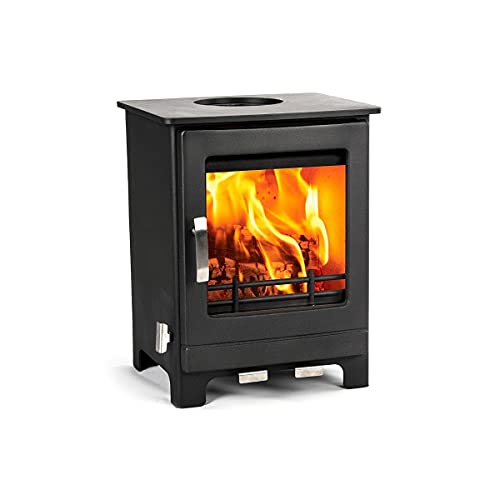Small Multi Fuel Stoves For Sale
Small multi-fuel stoves are offered for sale and provide the convenience of burning different kinds of smokeless fuels. They are versatile and can be used in a variety of rooms or interior decors.
If you live in an area designated as a Smoke Control Area choose an DEFRA approved stove, such as the Stovax Stockton 5, to legally burn wood and www.fireplacesandstove.com other fuels that are smokeless.
Canister Stoves
Canister stoves utilize fuel that is stored in sealed canisters, such as propane, isobutane or a mix of the two. They are the most sought-after kind of stove for backpacking and offer competitive fuel efficiency and easy operation. These stoves are ideal for summertime excursions and trips where you want to keep your pack light, or for those who prefer a simple system. They are not as efficient in harsh winter conditions and they’re not the ideal choice for trips at high altitudes.
Certain canister-fuel systems such as the Jetboil MiniMo System or MSR WindBurner System have an integrated design which attaches directly to the fuel canister. This makes for the creation of a compact and light-weight system. This can save space, but it also makes the canister vulnerable to the elements. It’s less tolerant to the effects of windy conditions. Soto’s non-integrated WindMaster stove however is more durable pot support design that keeps the canister closer to the burner, allowing for better control of heat in the windy conditions.
Many stoves in canisters struggle with cold temperatures. When temperatures drop, so does the pressure in the canister, which could cause inadequate performance or even failure. The MiniMo pressure regulator counters this issue by ensuring steady heating even at temperatures that are subfreezing.
Liquid fuel stoves are refillable and require an additional fuel bottle. They have a wider variety of uses. Some stoves can use unleaded gas (the MSR WhisperLite International, for example) while others can utilize white-gas, isobutane/propane mixtures, kerosene, or even white-gas. These designs are ideal for backpackers who are in remote areas where it may be difficult to find fuel canisters that are already filled.
Some backpackers also opt for wood-burning stoves, which are very efficient in terms of energy usage however they add a lot to your pack weight and bulk. You can also find a few backpacking stoves that are self-contained, and use wood or other biomass for fuel, like the Solo Stove Lite above. These stoves are best suited for backpacking trips with fewer people and don’t provide the same level of convenience like a canister or a liquid-fuel system.
Liquid Fuel Stoves
Unlike canister stoves, liquid multi-fuel stoves with fuel make use of a pump to maintain the pressure inside the fuel bottle and force it into a small nozzle, where it is burned. They are much better suited to outdoor activities in cold weather and can run even in temperatures below freezing. They can also be filled more easily than canisters, since you can simply open the lid and pour in more. The majority of stoves that run on liquid fuel operate on white gas which is a highly refined form of gasoline with a few or no impurities. It also burns hot and clean even in below freezing temperatures. Some also run on cheaper and dirtier fuels such as kerosene or diesel.
The disadvantage of these stoves is that they tend to be heavier than canister stoves, and they contain a number of parts and moving parts that need to be cleaned and primed over time. They are generally more difficult to operate in windy conditions as the pumping action can cause the flame to flicker and smoke. They also require a priming procedure that involves burning a drip or two of the fuel in a cup below the burner to heat it up and transform it from a liquid to a gas.
Liquid fuel stoves are able to function in frigid temperatures, as do stoves that are based on canisters. They are also more stable than canisters since they are positioned closer to the ground and feature wide stove legs that serve as stable platforms. Some are as stable and multifuel as Trangia stoves X2 and can be used on the original Trangia burner if you own a Trangia adaptor.
Most stoves run multiple fuel types through one nozzle, although some models feature an integrated shaker jet similar to MSR which allows them to be more suitable for inflaming white gas. They are also a good choice for international travel where it is difficult to find canisters of fuel or the right outdoor supply stores. There are many great, lightweight, and easy to use liquid fuel stoves available on the market. The Kovea Hydra is one of the best.
Gas Stoves
Gas stoves are a common feature of American cooking. Gas stoves are ubiquitous across the US. They are popular because they heat quickly, consume energy that is typically cheaper than electricity, and do not require any special installation.
Scientists are becoming more concerned about the emissions that gas stoves produce. Gas stoves emit formaldehyde, carbon monoxide, and nitrogen dioxide at levels above EPA guidelines. These gases are associated with a range of health issues, including lung infections, learning disabilities and a higher risk for childhood asthma. Even when not in use, they release methane which is a greenhouse gas. It is regarded to be more potent than carbon dioxide but doesn’t hang around in the atmosphere for as long.
The commotion has sparked debate over whether or not gas stoves should be banned, and lawmakers have weighed in on the subject. A group of Republican Senators have introduced two bills to prevent the CPSC prohibiting them. House Republicans passed legislation to protect the right of consumers to pick the kitchen appliance they want.
In the meantime, some homeowners are deciding to switch from gas to electric or even adjusting their current stoves to limit harmful emissions. However, others are hesitant to give up their favorite kitchen gadget. Here’s what you should be aware of the risks that come with these stoves.
The amount of nitrogen dioxide generated by a stove depends on the type of food being cooked and its temperature setting. However they can still generate significant quantities of nitrogen oxide while in operation. According to a 2020 study by Rocky Mountain Institute, Physicians for Social Responsibility and Mothers Out Front, boiling water or baking a cake in a gas oven could produce NO2 levels that are above the standards for outdoor air quality. However, roasting chickens and using high flame settings can send these numbers skyrocketing.
 If you’re looking to lower your emissions, you should purchase a stove efficient and follow a few basic suggestions for saving energy. For instance, you should keep your burners clean so that they’re working as efficiently as they can. It’s a good idea only to use your burners when you need them, since over-use can waste up to 40% of their power.
If you’re looking to lower your emissions, you should purchase a stove efficient and follow a few basic suggestions for saving energy. For instance, you should keep your burners clean so that they’re working as efficiently as they can. It’s a good idea only to use your burners when you need them, since over-use can waste up to 40% of their power.
Portable Stoves
A small stove is a great accessory to your camping equipment, especially when you’re on the moving. Stoves can help cook and stay hydrated when hiking, cycling or hiking. Stoves run on different fuel sources, ranging from wood and charcoal to propane and gas. The cost of stoves is determined by the fuel you choose as well as the amount of energy and efficiency it consumes, as well as its size.
Small multifuel stoves are cost-effective, particularly if you select one that runs on propane or natural gas. They are also extremely efficient, consuming only a lesser amount of fuel than other types require to produce the same amount of heat. Gas stoves have a bigger cooking surface than other types of. This allows you to cook two large pots or pans at the same time.
Although you may think it is costly to buy a butane-burner however, they are an excellent alternative for situations in which electricity isn’t readily available. Its small size and light weight make it easy to store and transport. It is also a quick-heating kind of stove, meaning you can cook your food in a matter of minutes.
Liquid fuel stoves are readily available at outdoor stores, but they aren’t always easy to locate in remote areas. They are usually self-pressurized, meaning you do not need pumps. However, you might need to refill them once you’ve used them. The intensity of the flame can be adjusted and you can reduce the temperature without reducing the amount of heat produced.
Solid fuel stoves are easy to operate and very lightweight however they’re not the best choice for conditions that are windy or rainy. Solid stoves with fuel are more odorous and require Esbit fuel tabs.
A wood-burning stove has gained popularity in recent years because it is a readily available and sustainable fuel source. However, they are limited in flame and heat control and are subject to fire bans in certain regions. To prevent the spread of creosote as well as flammability issues, they must also be maintained carefully. Be sure to adhere to all height and clearance restrictions. Also, ensure that you have a safe way to get rid of smoke and ash.
